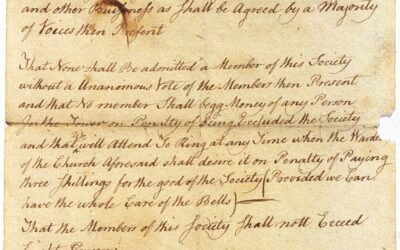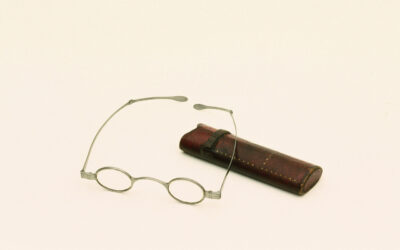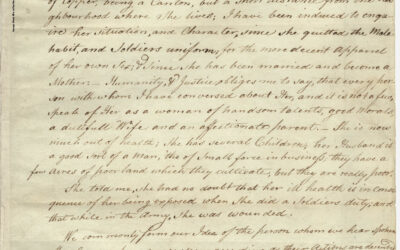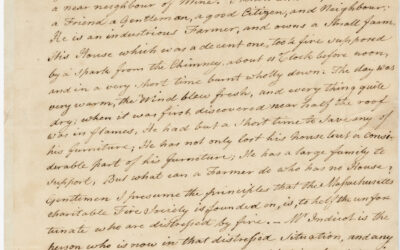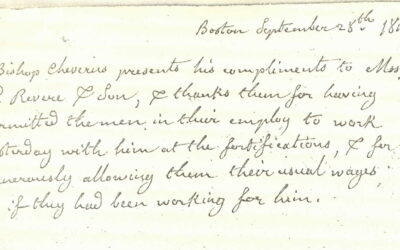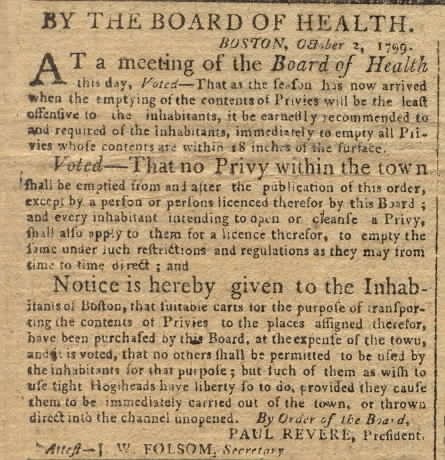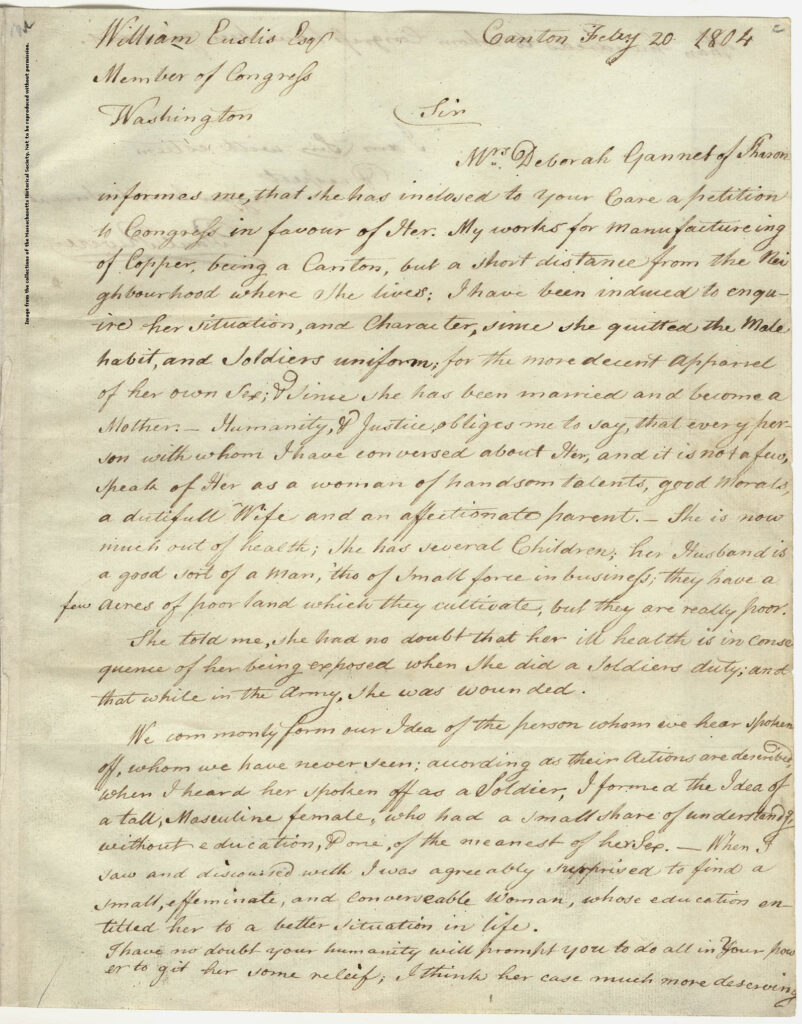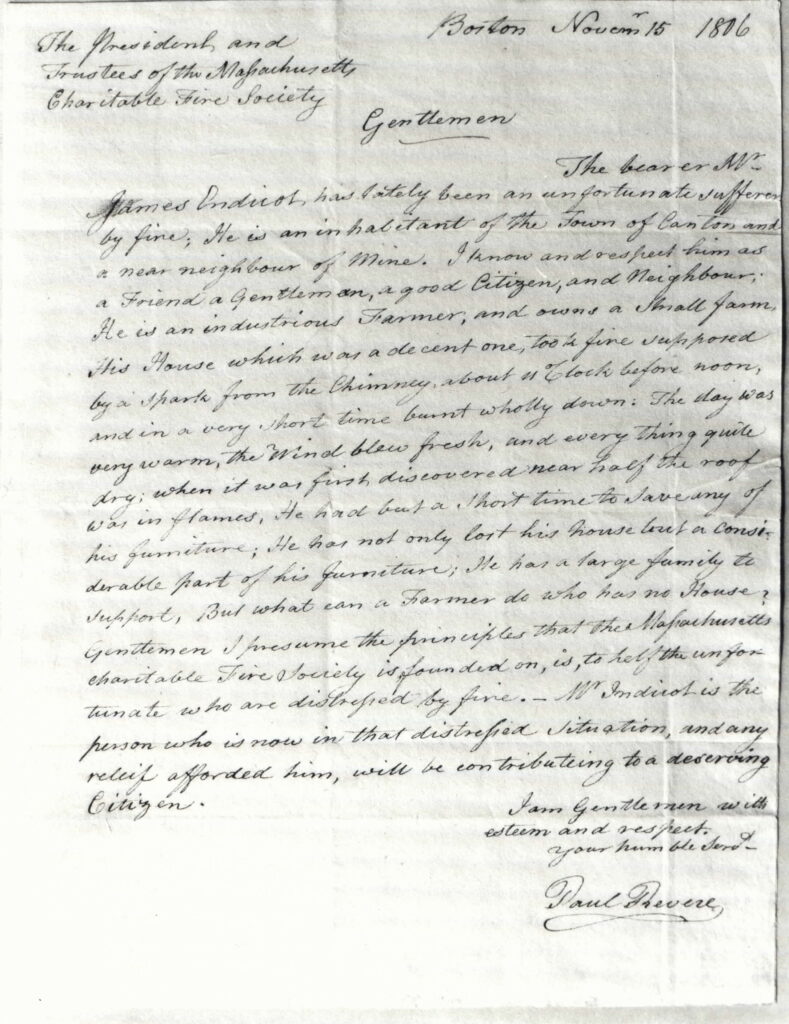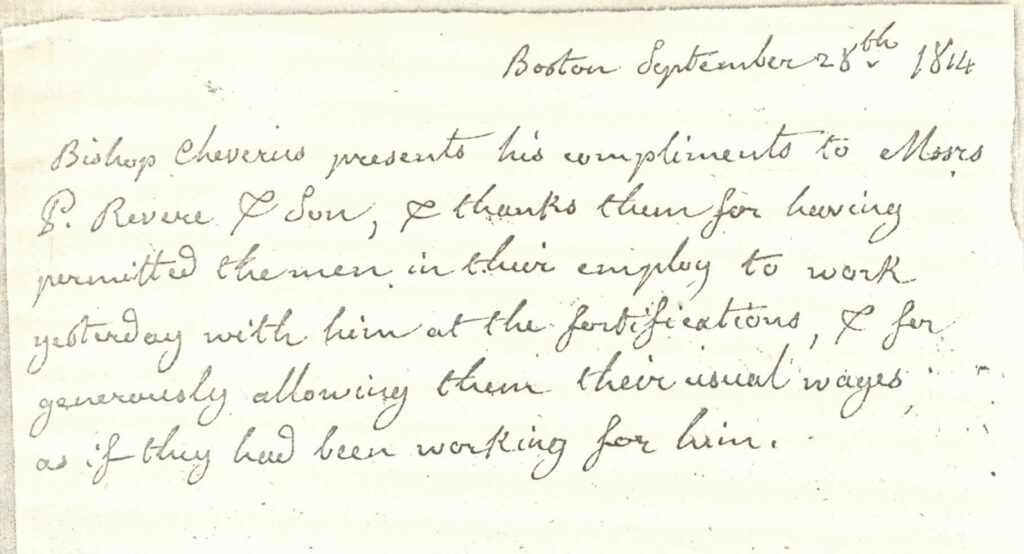Citizenship
Paul Revere is most famous for his Midnight Ride in 1775, but he was also an active citizen. In this source set you’ll find examples of ways that Revere engaged with his community. He served on the Board of Health for Boston, and wrote letters to help friends and neighbors in need. Paul was white and owned property, which meant he was able to access positions of leadership more easily than other people. Women, non-white men, and men who didn’t own property were not allowed to occupy some of these positions in the 1700s. Because of this, they couldn’t influence public life the way Paul could. Even with his relative privilege, Paul’s lack of a college education or significant wealth held him back. The most powerful positions were reserved for the most elite citizens.
What is one way you can be an active citizen in your school, family, or neighborhood? How do you define active citizenship?
Browse and search the full collection of Citizenship:
Bellringer’s Agreement, 1750
CitizenshipAbout Item: When Paul Revere was 15 years old, he joined with some of his peers to assume responsibility for the bells at Old North Church (then called Christ Church). This document from 1750 outlines the rules and expectations of the group. You can see...
Paul Revere’s Glasses, 1790s-1800
CitizenshipAbout Item: It is believed that Paul Revere left this pair of spectacles behind after attending a meeting of the Massachusetts Mutual Fire Insurance Company. He was a founder of this group formed in 1798 to assist those who suffered loss or injury from...
Board of Health Notice about Privies, 1799
CitizenshipAbout Item: Paul Revere served as the president of the Boston Board of Health in 1799 and 1800. So he, along with other citizens, made decisions about the public’s health and well-being. This privy notice is an early example of the Board trying to keep the...
Letter from Paul Revere to William Eustis on Behalf of Deborah Sampson, 1804
CitizenshipAbout Item: When Deborah Ganett, born Deborah Sampson, was a young woman she disguised herself as a man to fight in the Revolutionary War. The doctor treating her for an illness discovered that she was a woman and she was dismissed from the military. She...
Letter from Paul Revere to Massachusetts Charitable Fire Society, 1806
CitizenshipAbout Item: James Endicott was a farmer who lived in Canton, Massachusetts. He experienced a fire on his property and lost his house and almost all his possessions. In this letter dated to 1806, Revere is writing to the Massachusetts Charitable Fire Society...
Letter from Bishop Cheverus to Paul Revere, 1814
CitizenshipAbout Item: Jean-Louis Lefebvre de Cheverus, also known as John Cheverus, was a French Catholic priest who spent some of his career in New England. During the War of 1812, many coastal cities and towns were vulnerable to attack from the British. Bishop...
Teacher Resources
Historical Overview
One of the earliest known documents with Revere’s signature, the 1750 Bellringer’s Agreement, is an example students can see of a contract agreement. At age 15, Revere joined some of his peers to form an official bellringer’s group at Christ Church in the City of Boston, now known as Old North Church. They agreed to ring the bells at certain times and special occasions, and set other rules and expectations for the group. During the Revolutionary War years, Paul Revere was a young professional, busy with his business, raising his family, and participating in various wartime efforts to break away from England’s rule. After the war ended and he entered middle age, he was better able to participate in the civic life of Boston and later Canton, MA.
In this source set, students are encouraged to “think big” about the societal problems people may have dealt with in the late 1700s and early 1800s. For example, sanitation! Revere’s service on the Board of Health in 1799-1800 included new regulations on when and how a person was allowed to clean out their privy and how to dispose of the contents. Though germ theory wasn’t understood at this time, people did understand that they should try to move waste away from their main living areas when possible. In two letters included in this source set, Revere is speaking on behalf of others, both of whom lived in Canton in the early 1800s. James Endicott suffered a massive fire on his property, destroying his house. The organization Paul wrote to, the Massachusetts Charitable Fire Society, could be considered an early insurance company, providing resources for those impacted by fires. The second letter, written on behalf of Deborah (Sampson) Gannett, outlines why she is deserving of a military pension, even though she technically served illegally.
All of these documents are from the mid/late 1700s into the early 1800s, with the exception of the bellringers document. Paul is in his 60s and 70s during these years.
Click here for a downloadable version of the Citizenship timeline
Close Reading Questions
- Deborah Sampson Letter:
- What arguments did Paul Revere make in his effort to convince William Eustis to give Deborah Sampson a soldier’s pension?
- Revere assures Eustis that although Deborah fought in the war, she does not act like a man but is instead feminine in both appearance and character. Why do you think Paul Revere felt the need to argue that Deborah Sampson was acting feminine now to justify his appeal for monetary aid for her? What standards of ‘ideal womanhood’ was Sampson expected to conform to to receive her pension?
- Bellringer’s Agreement:
- What did the boys agree to do for the church?
- Were the boys paid for their work?
- What rules did they agree to follow?
Suggested Activities
- Deborah Sampson Letter:
- Paul Revere and Deborah Sampson may have occasionally met in taverns to chat. Imagine one of their conversations, writing the dialogue as a scene in a play.
- Pretend to be Deborah Sampson. Write your own letter to Eustis asking for a pension. How will you persuade him to give you the money you so desperately need?
Standards
- MA HSS 2018 Framework
- Grade 1: Topic 1: Communities, elections, and leadership
- Grade 1: Topic 4: Economics: resources and choices
- Grade 2: Topic 5: Economics: resources and choices
- Grade 3: Topic 1: Massachusetts cities and towns today and in history
- Grade 8: Topic 4: Rights and Responsibilities of Citizens
- Grades 6-8: Reading Standards for Literacy in Content Areas: CA-H
Citizenship Timeline
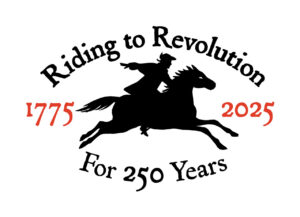
Funded in part by Julia and Mark Casady and the One Step Forward Education Foundation
Special thanks to the National Parks of Boston and Matt Conti
Design and Development by Cardinal Digital Design and Adrienne Turnbull-Reilly
Copyright © 2025 the Paul Revere Memorial Association

